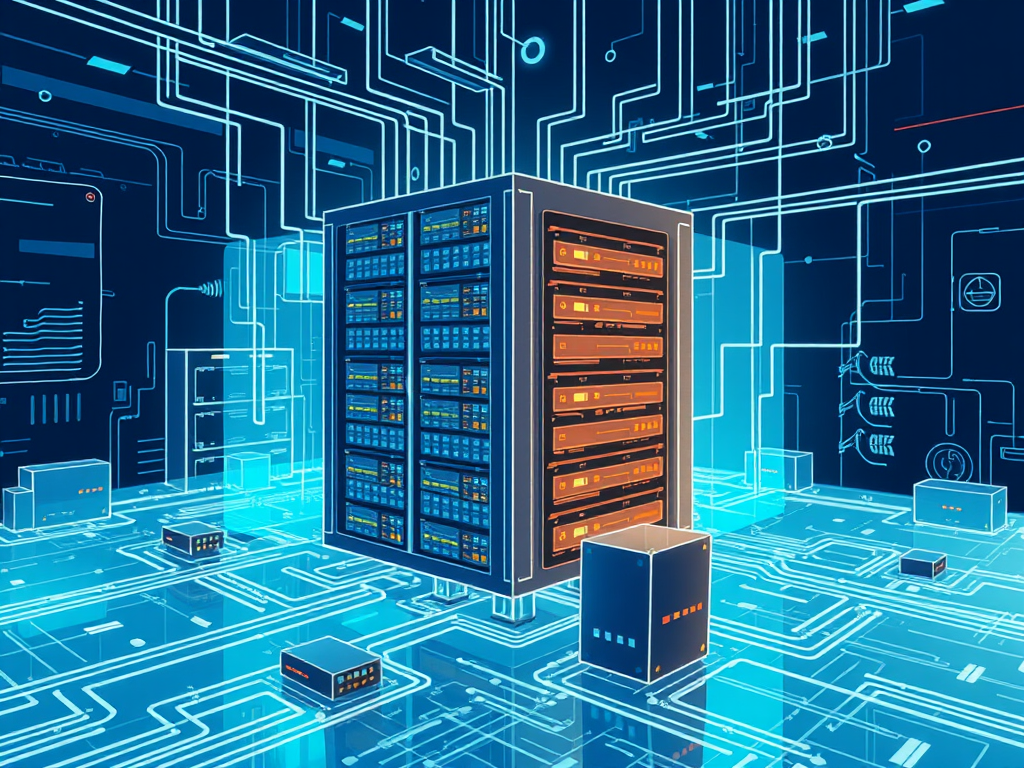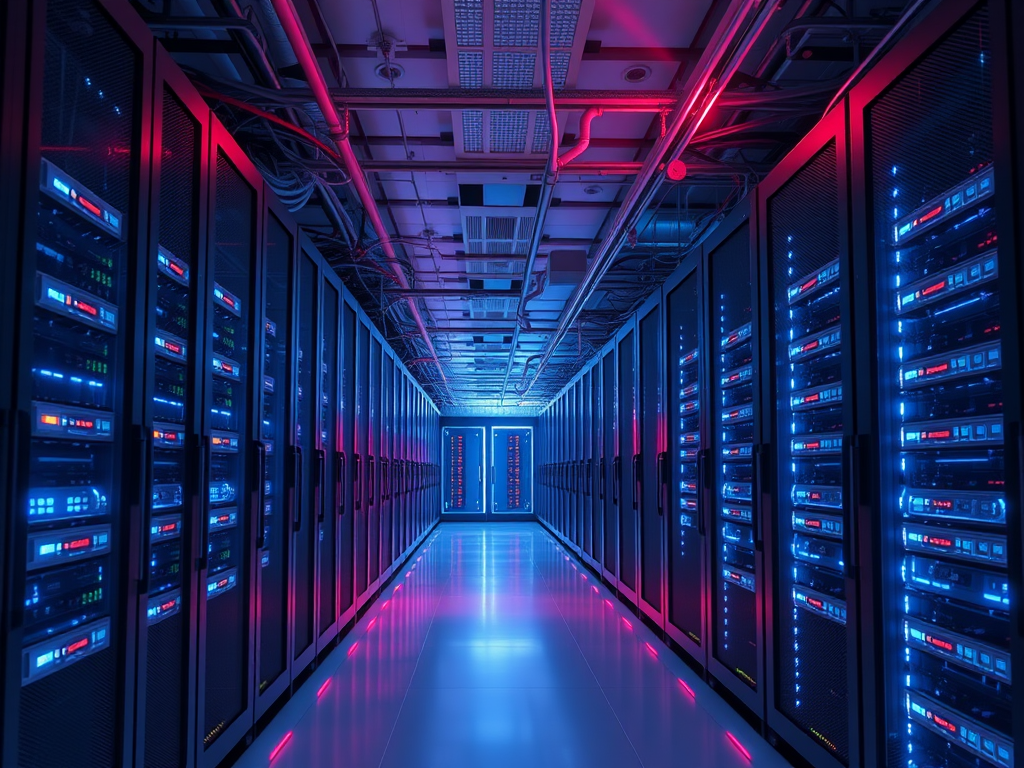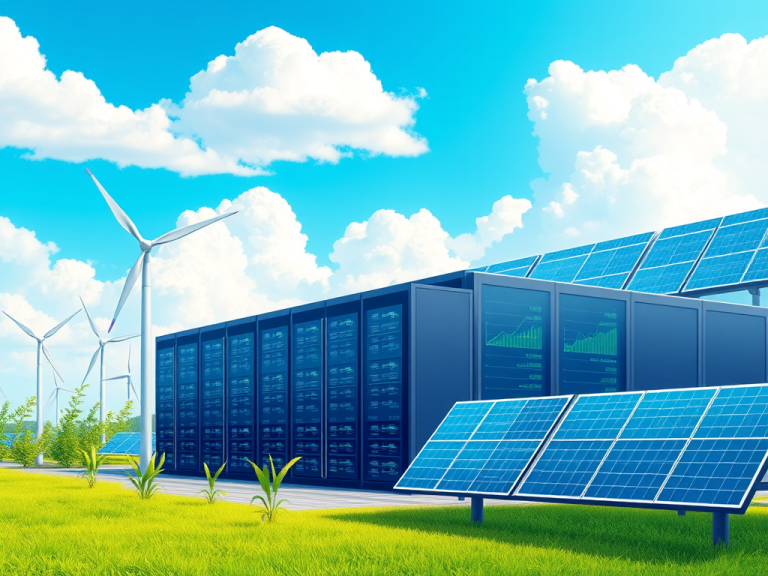
High-Performance Computing (HPC) is vital for various fields, including scientific research, engineering, and finance. It allows organizations to solve complex problems and analyze large datasets more efficiently. Building an effective HPC infrastructure requires careful planning and attention to several key aspects. This guide will provide an in-depth look at the essential considerations and best practices for creating a robust HPC system.
1. Understand Your Needs
Workload Assessment
The first step in building an HPC infrastructure is to identify the types of tasks your system will handle. This includes understanding the following:
- Computational Requirements: Determine how much processing power is needed for your workloads. Some applications may require intensive calculations, while others may need less.
- Memory Needs: Analyze the memory requirements of your applications. Tasks that process large datasets typically need more RAM.
- Storage Requirements: Consider how much data you will generate and store. This includes both current needs and future growth.
Scalability Needs
It’s essential to think about the future when designing your HPC system. Scalability refers to how easily you can expand your system as demands increase. Here are some factors to consider:
- Modularity: Choose hardware that allows for easy upgrades. For example, consider systems that can accommodate additional nodes without significant reconfiguration.
- Load Balancing: Implement strategies to distribute workloads evenly across resources, ensuring that no single node is overwhelmed.
2. Choose the Right Hardware
Compute Nodes
Selecting the right type of compute nodes is crucial. Different tasks may require different types of hardware:
- CPU-based Nodes: These are suitable for general-purpose computing tasks. They are versatile and can handle a variety of applications.
- GPU-based Nodes: Ideal for tasks that require high levels of parallel processing, such as machine learning and simulations. GPUs can significantly speed up computations.
Networking
A high-speed, low-latency network is essential for connecting your compute nodes. Consider the following:
- Network Technology: Options like InfiniBand or high-speed Ethernet (10/40/100 Gigabit) are commonly used in HPC environments. They help minimize communication delays between nodes.
- Network Topology: Design your network layout to optimize performance. A well-structured topology can improve data flow and reduce bottlenecks.
Storage Solutions
Your storage system should be capable of handling the demands of HPC workloads. Here are key considerations:
- Performance: Use parallel file systems (such as Lustre or GPFS) that allow multiple nodes to access data simultaneously. This enhances I/O performance, which is critical for data-intensive tasks.
- Capacity: Ensure you have enough storage space to accommodate current and future data needs. Consider both SSDs for speed and HDDs for capacity.
- Redundancy: Implement backup solutions to protect against data loss. Regularly back up your data and have recovery plans in place.
3. Set Up the Software
Operating System
The choice of operating system can significantly impact performance. Linux distributions, such as CentOS or Ubuntu, are commonly used in HPC due to their stability and support for various applications.
Middleware and Resource Management
Using effective middleware can streamline the management of your HPC resources:
- Job Schedulers: Tools like Slurm or PBS help manage workloads by scheduling jobs efficiently. They allocate resources based on availability and priority, ensuring optimal use of the system.
- Monitoring Tools: Implement software to monitor resource usage and performance. This helps identify issues before they become critical.
Application Software
Ensure that the software you plan to use is compatible with your hardware and operating system:
- Performance Optimization: Regularly update applications to take advantage of performance improvements and new features.
- Licensing and Support: Consider the licensing requirements for your software and ensure you have access to technical support.
4. Focus on Energy Efficiency
Power Management
Energy efficiency is a critical consideration for HPC infrastructures. Here are some strategies:
- Energy-Efficient Hardware: Invest in hardware that is designed for low power consumption. This can lead to significant cost savings over time.
- Power Monitoring: Use tools to track power consumption across your infrastructure. This data can help identify areas for improvement.
Cooling Solutions
Proper cooling is essential to maintaining system performance and longevity:
- Cooling Technologies: Explore advanced cooling solutions, such as liquid cooling or hot/cold aisle containment. These methods can be more efficient than traditional air cooling.
- Environmental Control: Maintain optimal temperature and humidity levels in your data center to prevent overheating and equipment failure.

5. Ensure Security and Compliance
Network Security
Protecting your HPC infrastructure from external threats is vital:
- Firewalls and VPNs: Implement firewalls to block unauthorized access and use VPNs for secure remote access.
- Intrusion Detection Systems: Use tools to monitor for suspicious activity within your network.
Data Security
Data protection is crucial, especially when dealing with sensitive information:
- Encryption: Encrypt data both in transit and at rest to safeguard against unauthorized access.
- Access Controls: Establish strict access controls to limit who can view or modify sensitive data.
User Management
Maintain clear user roles and permissions to enhance security:
- Role-Based Access: Implement role-based access controls to ensure users only have access to the resources they need.
- Regular Audits: Conduct regular audits of user access and permissions to ensure compliance with security policies.
6. Monitor and Maintain the System
Performance Monitoring
Continuously monitor the performance of your HPC infrastructure:
- Resource Utilization: Use monitoring tools to track CPU, memory, and storage usage. This helps identify bottlenecks and optimize resource allocation.
- Job Performance: Analyze job completion times and resource usage to improve scheduling and efficiency.
Regular Maintenance
Establish a regular maintenance schedule to keep your HPC system running smoothly:
- Updates and Patches: Regularly update hardware drivers and software to ensure optimal performance and security.
- System Checks: Perform routine checks on hardware components to identify potential failures before they occur.
7. Provide Training and Support
User Training
Investing in training for users can greatly enhance the effectiveness of your HPC infrastructure:
- Workshops and Tutorials: Offer workshops to teach users how to use the system efficiently. This can include best practices for submitting jobs and utilizing resources.
- Documentation: Provide clear documentation and resources that users can refer to when needed.
Technical Support
Establish a dedicated support team to assist users and maintain the infrastructure:
- Help Desk: Set up a help desk to address user inquiries and technical issues promptly.
- Feedback Mechanism: Encourage users to provide feedback on system performance and usability to identify areas for improvement.
Conclusion
Building an HPC infrastructure is a complex task, but it can significantly enhance an organization’s capabilities. By understanding your needs, selecting the right hardware and software, focusing on energy efficiency, ensuring security, and providing ongoing support and training, you can create a powerful computing environment. Regular reviews and updates will help keep your HPC infrastructure effective and adaptable to future challenges. With careful planning and execution, your HPC system can become a vital asset for your organization, driving innovation and success.






